
From left: Sebastian Jankowski, director of the Polish Film Festival in Madison, Wis., Michael Wilmington and the Polish Film Festival in America’s Anna Maria Gliszczynska.
Exciting news from Chicago: the Polish Film Festival in America has honored contributing FNB writer Michael Wilmington with the Golden Ciupaga award for his contribution to the promotion of Polish film in the United States. Also honored was fellow film critic Zbigniew Banas. The awards were presented Nov. 20.
Now in its 23rd year under founder/director Christopher Kamyszew, the two-week festival typically features more than 70 features, documentaries and shorts, and draws Polish filmmakers from around the world. The fest attracts an audience of 35,000. Previous award winners include Roger Ebert; Piers Handling, head of the Toronto International Film Festival and Milos Stehlik, founder and director of Facets Multi-Media in Chicago.
Said Wilmington: “The Polish festival is a wonderful event. It opens up whole new worlds for its audience. This year, they brought one of 2011’s best movies, Agnieszka Holland’s brilliant ‘In Darkness’ and they brought Agnieszka too! I’m proud and very happy to accept this award.”
The intense-looking ciupaga signifies trailblazing achievement. “In Darkness,” a World War Two-era suspense drama set in Lvov, a German-occupied city in Poland, opens in the U.S. Dec. 9.
Holland received Academy Award nominations for “Angry Harvest” and “Europa, Europa.” The latter film won the Golden Globe for Best Foreign Film and the New York Film Critics Circle Award for Best Foreign Language Film.
She received an Emmy nomination for Outstanding Directing for the pilot of the HBO series “Treme,” and got critical praise for her work on “The Wire.”
Besides Chicago, a city with more than 1 million inhabitants of Polish descent, the PFFA hosts satellite screenings in Los Angeles, Houston, Seattle, Boston, Minneapolis and Rochester, N.Y.






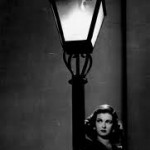
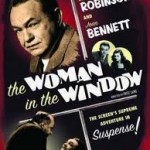
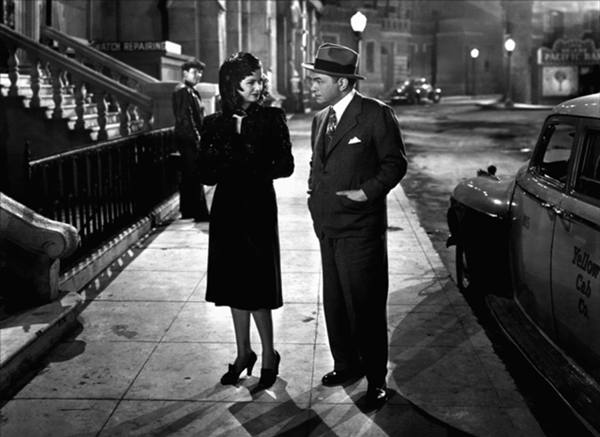
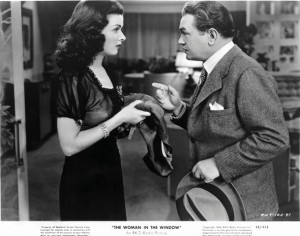
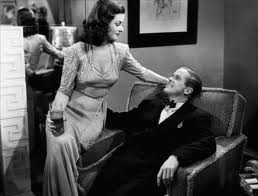

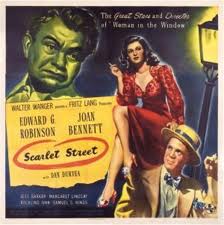
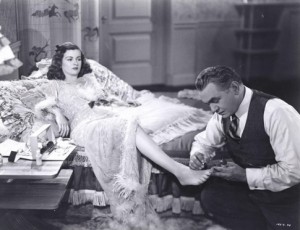
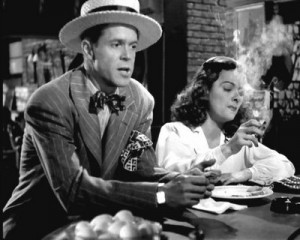
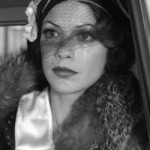
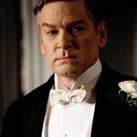
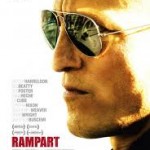

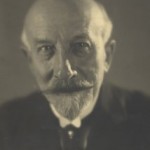
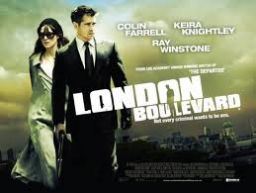
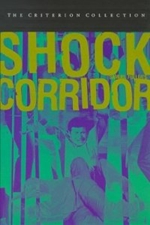
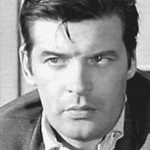
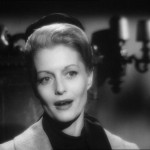
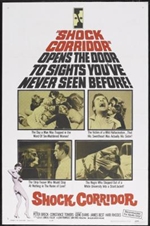





From FNB readers